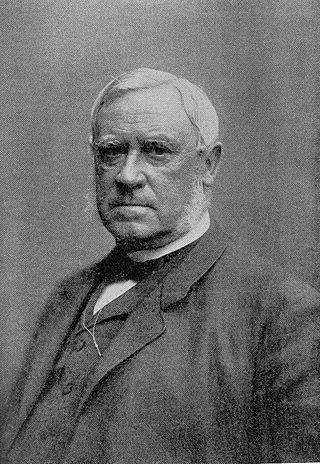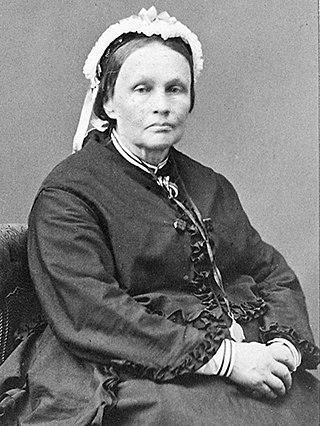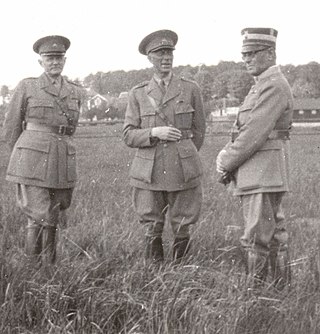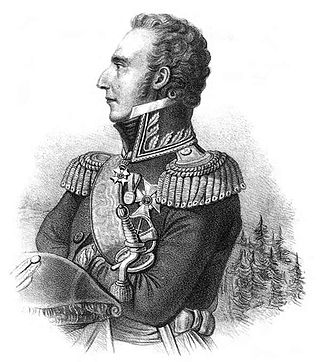![Moder Svea
Rolf Adlersparre [sv] Moder Svea Nygatan march 2007.JPG](http://upload.wikimedia.org/wikipedia/commons/thumb/7/71/Moder_Svea_Nygatan_march_2007.JPG/220px-Moder_Svea_Nygatan_march_2007.JPG)
Rolf Adlersparre
![Moder Svea
Alfred Nystrom [sv] (1891) Moder svea berga.JPG](http://upload.wikimedia.org/wikipedia/commons/thumb/3/3b/Moder_svea_berga.JPG/220px-Moder_svea_berga.JPG)
Alfred Nyström (1891)
Mother Svea or Mother Swea (Swedish: Moder Svea) is the female personification of Sweden and a patriotic emblem of the Swedish nation.
![Moder Svea
Rolf Adlersparre [sv] Moder Svea Nygatan march 2007.JPG](http://upload.wikimedia.org/wikipedia/commons/thumb/7/71/Moder_Svea_Nygatan_march_2007.JPG/220px-Moder_Svea_Nygatan_march_2007.JPG)
![Moder Svea
Alfred Nystrom [sv] (1891) Moder svea berga.JPG](http://upload.wikimedia.org/wikipedia/commons/thumb/3/3b/Moder_svea_berga.JPG/220px-Moder_svea_berga.JPG)
Mother Svea or Mother Swea (Swedish: Moder Svea) is the female personification of Sweden and a patriotic emblem of the Swedish nation.
Mother Svea is normally depicted as a powerful female warrior, valkyrie or shieldmaiden, frequently holding a shield and standing beside a lion. Svea is a Swedish female personal name which derives from svea, an old plural genitive form meaning "of the Swedes" or the Swea. It appears in Svea rike, a translation of the old Swedish word Sverige, the Swedish name for Sweden.
The popular image is considered to have been created by Swedish writer, Anders Leijonstedt (1649–1725) when first introduced in his poem Svea Lycksaligheets Triumph (1672). [1]
As a patriotic symbol, Moder Svea gained widespread popularity in Kunga Skald (1697), written by Swedish poet Gunno Eurelius (1661–1709) in honor of King Charles XI of Sweden. Eurelius was later ennobled with the name of Dahlstjerna. [2]
Mother Svea appeared frequently as a national symbol in 19th-century Swedish literature and culture. She appeared on various Swedish banknotes for over seventy years, such as both the 5-kronor banknote printed between 1890–1952 and the 5-kronor banknote printed between 1954–1963. [3]
Swedish singer Lena Philipsson and composer Torgny Söderberg wrote a song entitled Moder Swea which was introduced in the 1995 album Lena Philipsson . [4]

Baron Louis Gerard De Geeraf Finspång was a Swedish statesman, lawyer and writer. He was the first Prime Minister of Sweden.

Three Crowns is the national emblem of Sweden, present in the coat of arms of Sweden, and composed of three yellow or gilded coronets ordered two above and one below, placed on a blue background. Similar designs are found on a number of other coats of arms or flags.

The Archbishop of Uppsala has been the primate of Sweden in an unbroken succession since 1164, first during the Catholic era, and from the 1530s and onward under the Lutheran church.

Knut Agathon Wallenberg was a Swedish banker and politician, he was also a Knight of the Order of the Seraphim. Wallenberg was Minister for Foreign Affairs 1914–1917, and member of the Riksdag's Första kammaren 1907–1919. Together with his wife, he created Knut and Alice Wallenberg Foundation, which is one of the main contributors to the private university Stockholm School of Economics. Wallenberg was one of the founders of the Stockholm School of Economics, and is also seen as the founder of the community of Saltsjöbaden and an associated railroad.

Count Carl Lewenhaupt was a Swedish diplomat and politician, who was Minister for Foreign Affairs from 1889 to 1895.
Peter (Petter) Jacob Hjelm was a Swedish chemist and the first person to isolate the element molybdenum in 1781, four years after its discovery by Swedish chemist Carl Wilhelm Scheele. Working with Molybdic acid, Hjelm chemically reduced molybdenum oxide with carbon in an oxygen-free atmosphere, resulting in carbon dioxide and a near-pure dark metal powder to which he gave the name 'molybdenum'. His first publication on molybdenum appeared in 1790.

Olof Rudolf Cederström was a Swedish naval commander. Cederström enlisted in the Swedish admiralty in 1779 and as captain, he conducted a raid against Rogervik. He distinguished himself in 1790 at the naval Battle of Reval and the Battle of Viborg Bay. During the following years he led ships against privateers in the North Sea. He was sent in 1801 to fight alongside the United States Navy in the Mediterranean during the First Barbary War. In 1808 his ships were sent to blockade Gotland in order to repel a Russian invasion. His last military action was against Denmark and France in 1813, when he helped Swedish forces capture Vorpommern. In 1815, he was appointed a minister but returned to the navy in 1818. He finally resigned in 1828.

Johan Alfred Björling was a Swedish botanist and Arctic explorer. He led the ill-fated Swedish NW Greenland Expedition, also known as Björling–Kallstenius Expedition, in 1892.

Carolina Wilhelmina Stålberg was a Swedish writer, poet, translator, and lyricist. She worked under the pseudonym "Wilhelmina".

Hilda Augusta Amanda Kerfstedt, née Hallström, was a Swedish novelist, playwright and translator. She was a popular and noted writer in late 19th and early 20th century Sweden, and participated in the public debate. She was also engaged in the movement for women's rights, and active in the Fredrika Bremer Association and Married Woman's Property Rights Association. As a feminist, she focused on the debate around sexual equality, and was critical to the contemporary sexual double standards for men and women. As such, she was one of the participants in the Nordic sexual morality debate, the public debate in Swedish papers, books and plays, which took place during the 1880s. Kerfstedt was a member of the women's association Nya Idun and one of its first committee members. She was the editor of the feminist paper Dagny, the publication of the Fredrika Bremer Association, in 1888–1891. She was especially noted within the debate on children's literature.

General Lars Herman Tingsten was a Swedish Army officer. He was Minister for War from 1905 to 1907 and Chief of the General Staff from 1919 to 1922.

Carl Einar Thure af Wirsén was a Swedish Army officer, diplomat and writer. Originally an officer, he was sent into the diplomatic service after World War I and served as a military attaché in Constantinople and Sofia where he witnessed the Armenian genocide. From the Ottoman Empire and the Balkans, af Wirsén came to Poland and witnessed the country's resurrection. After serving in London, Reval and Riga, he was sent as envoy to Bucharest, Athens and Belgrade in 1921. After working in the Mosul Commission, af Wirsén was sent to Berlin, where he would stay for the next 12 years as envoy. Finally he was envoy in Rome for three years before retiring in 1940.

The Deputy Chief of Ordnance was in Sweden the head of the Swedish Army's ordnance establishments. During the 1800s and 1900s, his duties changed several times. The position was abolished in 1968.

Eberhard Ernst Gotthard von Vegesack was a German-born officer in the Swedish Army who was active from the Russo-Swedish War to the Swedish–Norwegian War.

General Gustaf Fredrik Oskar Uggla was a senior Swedish Army officer. Uggla's senior commands include commanding officer of the Military Academy Karlberg, executive officer of Svea Life Guards and commander of the 2nd Army Division. He also served as Chief of His Majesty's Military Staff from 1910 to 1924.
Stockholms Figaro was a Swedish illustrated fiction short lived weekly publication, published in Stockholm, Sweden, between December 1844 through the end of 1847. Albert Bonnier was the editor and publisher.

Gustaf Jacob af Dalström was a Swedish military officer and civil servant. He faught during the Finnish War and the War of the Sixth Coalition later in 1849 he bcame the governor of Gotland.

The 1720 Instrument of Government adopted on 2 May 1720 by the Riksdag of the Estates, was the constitution of the Kingdom of Sweden from 1720 to 1772, and was thus in force for almost the entirety of the period of constitutional monarchy known as the Age of Liberty, having replaced the largely identical Instrument of Government (1719).

Sven Lagerbring was a Swedish professor and historian. He has been described as "the first Swedish historian in the modern sense."

Carl Johan Schlyter was a Swedish jurist and law publisher. He is known for publishing scholarly editions of the medieval Swedish laws in 13 volumes, a process which took over 50 years.